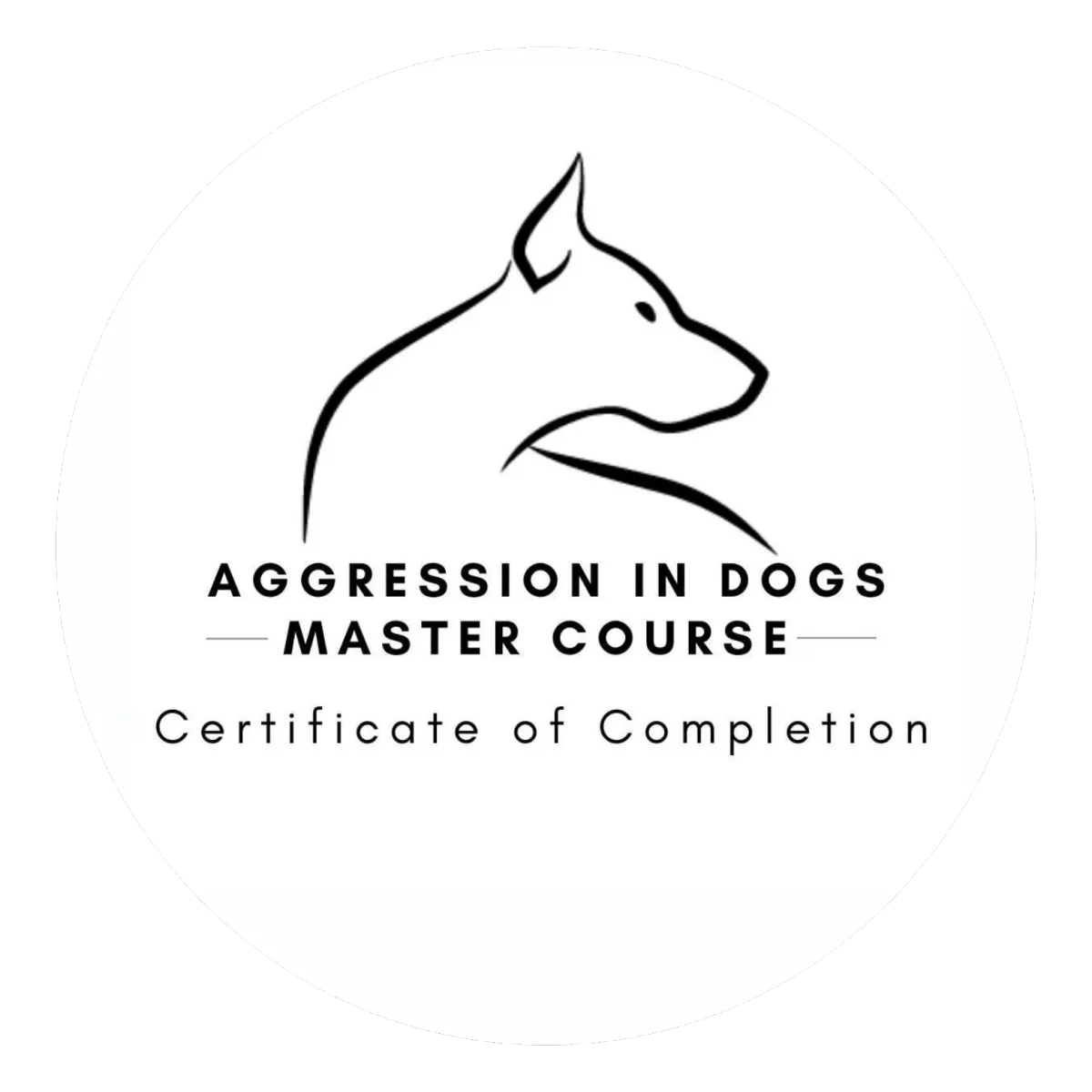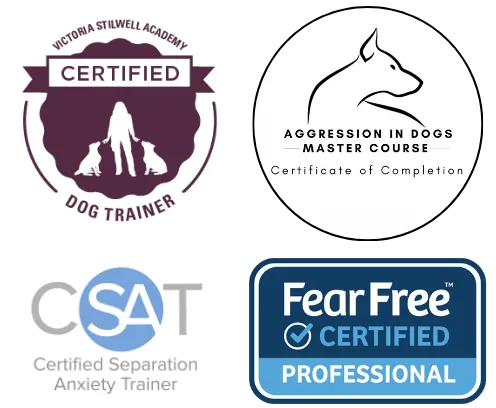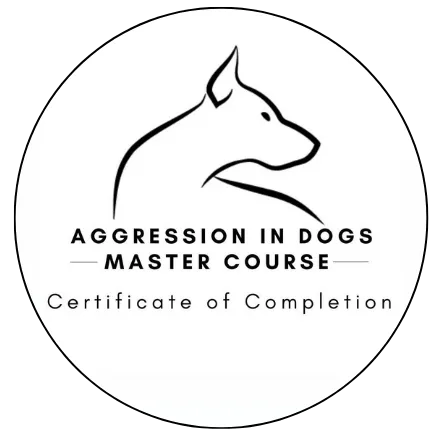Why Beethoven...
Why?
Resource guarding is when your dog becomes possessive over resources they perceive as valuable, leading to displays of aggression. This behavior causes tension and even fear in the household. Understanding why dogs engage in this behavior is crucial for addressing it effectively (& safely):

Response to perceived threat
Insecurity
Fear or anxiety
Lack of trust
Past experiences
Competition for resources
Survival instinct
Lack of socialization
Genetic predisposition
Reinforcement of guarding behavior
NOTE: Dog behavior is complex; your dog may be responding this way for one or several of these reasons (or reasons not listed)
Resource Guarding Myth Busters
Become a member today to unlock our full course library—and enjoy other exclusive perks!

MYTH #1:
Removing the item a dog is guarding will solve the problem.
While removing the item may stop the immediate guarding response, it often fails to address the root cause of the behavior. Resource guarding is usually driven by underlying emotions such as fear, anxiety, or a perceived need to protect resources for survival. Simply taking away the item without addressing the underlying emotions can lead to increased stress & anxiety for your dog.

MYTH #2:
Punishing my dog for resource guarding will make them stop.
Punishing a dog for resource guarding is not only counterproductive, but can also be potentially dangerous. Your dog is reacting based on instinctual behaviors and perceived threats to their resources. Punishing them for this can increase their fear and anxiety, leading to an escalation of aggressive response. Your dog may become more defensive and less likely to relinquish resources voluntarily, making it more difficult to address guarding in the long run.

MYTH #3:
My dog knows better; he's just being difficult.
Dogs do not possess the same level of cognitive reasoning or understanding as humans. Their behaviors are largely driven by instinct, past learning experiences, and their current environment. When a dog exhibits behaviors like resource guarding, it is not because they are intentionally being stubborn or difficult. Instead, these behaviors are often a result of their natural instincts to protect valuable resources or a response to past experiences that have taught them this behavior is necessary for survival or comfort.

MYTH #4:
Resource guarding is a sign of dominance.
The idea that resource guarding is a sign of dominance stems from outdated and debunked theories about dog behavior. In reality, resource guarding is a natural behavior that is rooted in a dog's survival instincts. In a domestic setting, resource guarding is more about a dog's fear or anxiety about losing a valuable resource than about asserting dominance over their owner or other animals.

MYTH #5:
It's safe to approach a dog who is guarding.
Approaching a dog that is resource guarding can be dangerous due to the dog's heightened emotional state. When a dog is guarding a resource, they may perceive any approach as a threat to their possession, leading to defensive or aggressive behavior. Dogs in this state may growl, bark, snap, or bite to protect their resource. Approaching them without caution can escalate their guarding behavior and result in injury to the person or the dog. Approach a resource-guarding dog cautiously and seek help from an R+ professional trainer or behaviorist.
Is your pup showing resource guarding behaviors?
Let's talk!
When is it time to work with us?

Aggressive behaviors around resources
Behavior is escalating
Want to proactively address behavior
Safety risks and welfare concerns
Attempts to manage behavior unsuccessful
Seeking expert guidance
Behavior impacting your relationship
How positive reinforcement can help with resource guarding:
Uses desensitization & counterconditioning to address emotions
Builds positive associations around resources
Builds trust, confidence & security
Implements management & prevention
Enhances communication between dog & guardians
Promotes a safe and calm environment
Contact Us:
In-Person Service Counties:
Essex, Morris, & Passaic counties
We are located in:
Parsippany-Troy Hills, NJ 07054
DISCLAIMER: Behavior modification is a collaborative process that depends on the consistent implementation of training techniques by the owner. While we specialize in fostering positive behavioral changes, no trainer can guarantee specific outcomes or "cure" a dog's behavior. As behavior is influenced by numerous factors, including environment and individual circumstances, the dog's behavior remains the responsibility of the owner.

© Copyright 2022. Born to Be Dog Training LLC.
All rights reserved.









